Daith Piercing For Migraine: Does It Really Work?
A piercing to alleviate killer headaches merits your attention but proceed with caution.

Image: Shutterstock
The onset of a migraine is akin to experiencing a slow-motion fall. You know you are about to endure a considerable amount of discomfort, yet there is little you can do to prevent it. But what if we tell you that you can get a daith piercing for migraines?
Migraine is a type of neurological disorder characterized by recurrent headaches and sensitivity to light and sound that can significantly impact the quality of your life (1). Some people consider piercings, especially daith piercing, as one of the treatment options for the condition although there is no scientific evidence related to it. It is done on the helix crus, which is the innermost cartilage of the outer ear, located just above the opening of the ear canal. Daith piercing is aesthetically pleasing, but it is essential to approach it with caution. In this article, we will help you discover the truth behind the controversial daith piercings to help you make an informed decision. Keep reading!
In This Article
The Connection Between Daith Piercing And Migraine

The idea of daith piercing for migraines is rooted in the practice of acupuncture. It is a form of traditional Chinese medicine that uses tiny needles to stimulate specific nerve endings and is thought to help relieve migraine-related pain (2). It is believed that the placement of the daith piercing coincides with an acupuncture pressure point associated with headache relief. However, there is no scientific evidence behind this claim.
Another possible explanation revolves around vagal stimulation. This means that the piercing stimulates the vagus nerve, the main nerve of the nervous system that plays a role in specific body functions, such as digestion, heart rate, and reflex actions. This stimulation may inhibit pain signals and change the way your brain processes pain related to headaches (3). However, more research is required in this area.
 Did You Know?
Did You Know?Even though the action mechanism behind daith piercings is unclear, it is circulating as a popular alternative treatment for chronic migraine pain on social media. But what does medical science say about it? Let us find out in the next section.
Key Takeaways
- Daith piercing for migraines is done on the interfold of the ear near the ear canal.
- It is believed that it applies pressure on some nerves, much like in an acupuncture treatment, to relieve migraine attacks. However, there is no scientific evidence to support this claim.
- The piercing is also linked with potential risks, including the risk of infection, scarring, and transmission of bloodborne diseases such as hepatitis B and HIV infection.
Daith Piercing For Migraine: What Does Research Say?

The field of body piercing and its effects on health is not an extensively researched one. However, there are some case studies about daith piercings.
One study about a 47-year-old female patient was published in the Cureus Journal of Medical Science. She had been having headaches on the left side of her head since the age of 10, which worsened over the years and were eventually followed by other symptoms of migraine, such as nausea, sensitivity to light and sound, and nasal congestion. Unsatisfied with different medications, she got a daith piercing on her left ear, and it seemed to work immediately. However, later when she adopted the same procedure to manage a similar pain on the right side of her head, her headaches were back within a year (3). This means that you can still get migraines after getting a daith piercing.
Another case study of a 54-year-old man was published in Frontiers in Neurology. He suffered from severe headaches and tried different medical treatments, including steroids, radiofrequency ablationi A medical procedure that uses high-frequency electrical currents to heat and destroy targeted tissues such as tumors. , and preventive therapies. However, the benefits from all of them only lasted a few months. As a last resort, he decided to get a daith piercing for both his ears. While his migraine headaches did not completely disappear, over the next few months, they improved. The case study claims that their frequency reduced from 15 headache days every month to only 13 headache days in 3 months. They were also not as severe as before, allowing the man to reduce his painkiller consumption (4).
Rebecca Hoffman, a blogger, shared her experience of getting a daith piercing for migraine after various medications failed to provide her any relief. She writes in one of her blog posts, “Once the right point was identified, she pierced my left daith. I paid her, got my care instructions, and headed to my car. I got inside my car, locked my door, and started to cry. My headache was gone. It was the first time in months I was actually pain-free (i).”
 Did You Know?
Did You Know?These cases show that daith piercing may provide some pain relief from migraine attacks. Scroll down to the next section to figure out how much of an effective solution it is.
How Effective Is Daith Piercing For Migraine?

According to a survey conducted by the London Migraine Clinic, people with migraine who underwent a daith piercing found that it helped improve their symptoms. 75% of participants said their migraine significantly improved (3). While researchers in both the case studies mentioned in the previous section acknowledged their results, they also mentioned that the relief from migraine attacks might just be temporary due to a placebo effect, wherein a person’s belief in the treatment leads them to think there is an improvement in their symptoms (3), (4). Hence, although daith piercing for migraines shows promise as a potential remedy, more research is needed before categorizing it as a bona fide treatment method.
Daith ear piercing cannot replace traditional migraine treatments that include pain relievers and anti-nausea drugs. If you still decide to get one, scroll down to the next section to find out which side of the ear is best for it.
Which Ear Do You Get A Daith Piercing For Migraine?

There is no specific recommendation regarding which ear to choose when getting a daith piercing for migraine. You can get it done for both ears, but anecdotal reports suggest that getting it on the side of the head that hurts may be more effective. This means that if you get a right-sided migraine more often, get the piercing done on your right ear.
Rebecca, the blogger, also shared that she experienced very few headaches on the left side of her head after she got her left daith pierced. However, she adds, “I still get anywhere between 1-4 mild migraines a month but almost exclusively on my right side.” Due to this, she plans to get a right daith piercing as well.
However, since this is not scientifically proven, it is important to consult a professional piercer and healthcare provider before getting it. Along with this, you should learn about the pros and cons of daith piercing. The only pros of the piercing are its aesthetic appeal and migraine pain relief based on anecdotal evidence. But when it comes to its cons, there are plenty. Here are some of them you should be aware of:
- Getting it can be painful, and it may lead to complications such as perichondritisi An infection of the lining surrounding the ear cartilage which may include symptoms such as pain, redness, and swelling. and cellulitisi A skin infection characterized by redness and swelling that is typically caused by bacteria entering the skin through a cut or wound. (3).
- If an infected needle is used for the process, it may also lead to bloodborne diseases such as hepatitis Bi A viral infection that damages the liver and may include symptoms such as fatigue and a web of swollen blood vessels in the skin. and HIV infectioni A viral infection characterized by flu-like symptoms such as fever and fatigue that fatally weakens the immune system over time. (3).
- It may lead to side effects such as swelling, pain, allergic reactions, scarring, and delayed healing due to poor blood supply to the area (3).
Daith piercings may be helpful for some, but we do not recommend relying on them for miraculous relief. Wondering how long you should wait to expect some relief from migraine if you get one? Find out in the following section.
How Long Does It Take For A Daith Piercing To Ease Migraine Pain?

Since the idea that a daith piercing can help with migraines is based on anecdotal evidence and personal experiences, there is currently no formal scientific evidence to figure out how long it can take to show relief. Individual responses to it may vary. While some people may immediately experience relief from migraines after getting a daith piercing, others may see no benefits even after a few weeks or months. There is also a chance that relief is temporary as researchers suggest it may be a placebo effect (3) (4). Therefore, if you are considering a daith piercing for migraine relief, it is crucial to approach it with realistic expectations. Relying solely on this alternative method without medical consultation may not be the most effective or safe approach for the condition.
Along with daith piercings, some people may also recommend tragus piercing for migraines. Let us compare the two below and find out which of the two is better.
Daith Vs. Tragus Piercing For Migraine: Which Is Better?
While daith piercing involves piercing the innermost cartilage fold of the ear, tragus piercing involves piercing the small, triangular-shaped cartilage that partially covers the ear canal. Anecdotal evidence suggests that, much like the daith, tragus piercings stimulate the vagus nerve and, in doing so, reduce migraine symptoms. However, scientific evidence supporting its effectiveness is even more limited than the research on daith piercing. Therefore, instead of choosing one of them, it is best to visit a healthcare specialist for an effective treatment for migraines.
As in the case of tragus piercing, there is also a lot of buzz around rook piercing for migraine. The following section provides a comparison with daith piercing.
Rook Vs. Daith Piercing For Migraine: Which Is Better?
A rook piercing is an ear piercing that goes through the top cartilage ridge of the inner ear. While many claim that it may help with migraines, much like daith piercing, there is no scientific evidence to confirm it. Therefore, none of these piercings make for a “best choice” if you are considering them for migraine relief. If you still decide to get them, it is crucial to approach the decision with caution. Make sure to consult with a neurologist or headache specialist before getting them.
Migraines are with recurring, intense headaches accompanied by symptoms such as nausea, and sensitivity to light and sound. The condition can be challenging to deal with and can deeply affect your quality of life. The idea of getting a daith piercing for relief from migraines may sound appealing. However, the research behind it is limited, which makes it unrealistic to put your faith in it. If you really need something to manage your migraine headaches, it is best to consult your healthcare professional to explore safer and more effective ways of medicating. You may also opt for simple lifestyle practices such as meditation that can help manage stress and improve your overall well-being.
Frequently Asked Questions
Why are daith piercings for migraine so expensive?
Daith piercings for migraines are expensive since they involve piercing the inner ear cartilage, which can be a bit difficult for piercers to reach. However, they are not more expensive than other inner-ear cartilage piercings, such as tragus and rook. Their price also depends on the piercing studio you plan to visit.
Can I remove a daith piercing if it does not help with migraine?
Yes, you can remove a daith piercing if it does not help with migraines. However, ensure that it has healed first to avoid discomfort and unwanted infections.
Are there any age restrictions for getting a daith piercing for migraine?
Generally, you need to be 18 or more if you wish to get a daith piercing for migraines on your own. Otherwise, you may need the approval of your parents or legal guardians. It is also important to note that the age restrictions may vary depending on local laws and regulations.
What should I consider before getting a daith piercing for migraines?
Talk to your doctor first, as there is no strong scientific proof that daith piercings actually help manage migraines. Talk to the piercer about the whole procedure, possible side effects and complications, and aftercare tips to make an informed decision. Talk to your doctor about trying other treatments.
Daith piercing is said to help reduce the frequency and severity of the migraines. This video takes you through what you can expect from it and discusses if it shows any results. Tap on the play button to get started!
Personal Experience: Source
StyleCraze's articles are interwoven with authentic personal narratives that provide depth and resonance to our content. Below are the sources of the personal accounts referenced in this article.
(i) Daith piercing for migraines – one year in
https://dandelionmax.wordpress.com/2025/02/11/daith-piercing-for-migraines-one-year-in/
References
Articles on StyleCraze are backed by verified information from peer-reviewed and academic research papers, reputed organizations, research institutions, and medical associations to ensure accuracy and relevance. Read our editorial policy to learn more.
- Migraine headache
https://www.ncbi.nlm.nih.gov/books/NBK560787/ - Acupuncture and its role in the treatment of migraine headaches
https://www.ncbi.nlm.nih.gov/pmc/articles/PMC7606388/ - Daith piercing: wonder treatment or untested fad?
https://www.ncbi.nlm.nih.gov/pmc/articles/PMC7075511/ - Daith piercing in a case of chronic migraine: a possible vagal modulation
https://www.ncbi.nlm.nih.gov/pmc/articles/PMC5711775/
Read full bio of Rodrigo Casco
Read full bio of Gracia Odile
Read full bio of Subhrojyoti Mukherjee
Read full bio of Vaishali Sinha





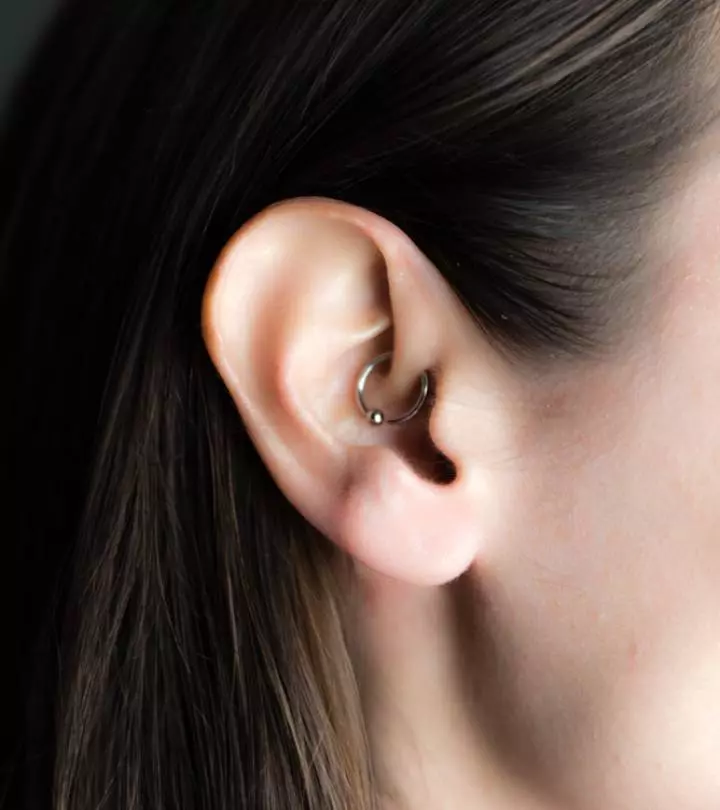

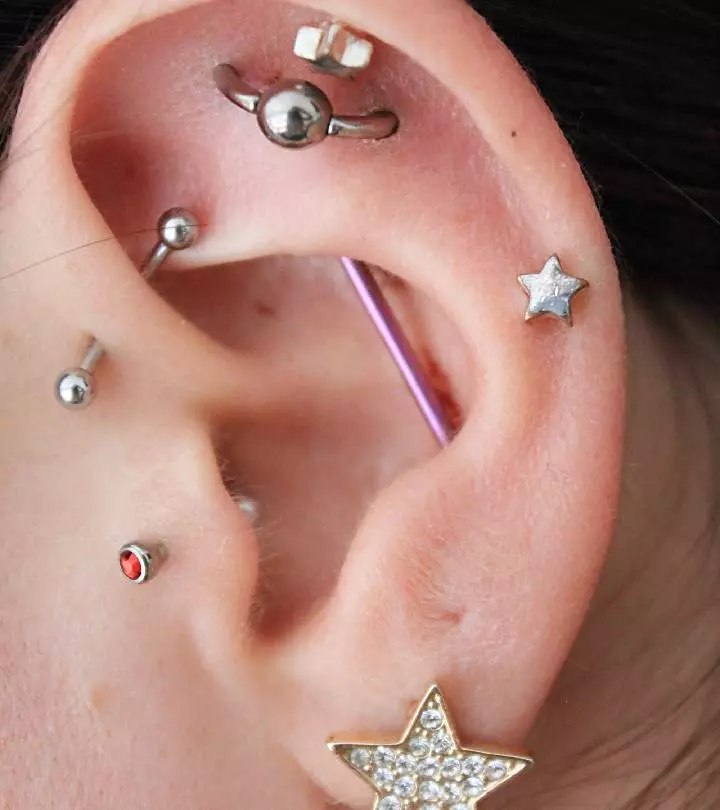


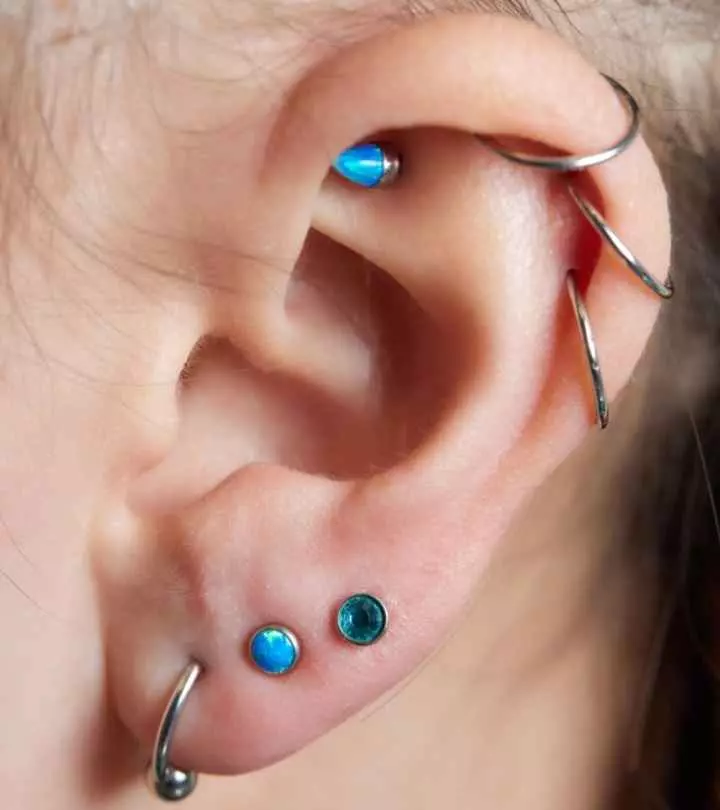
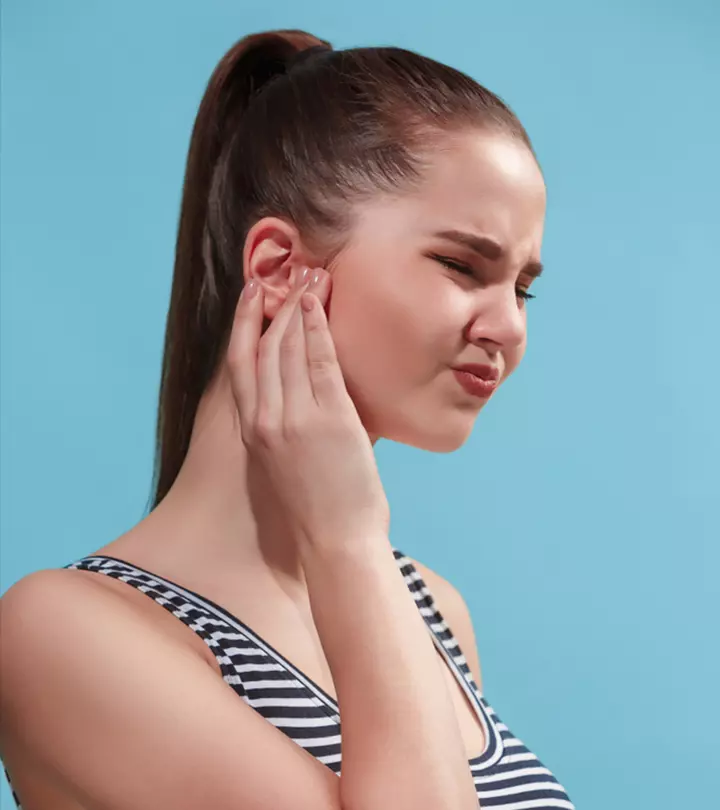



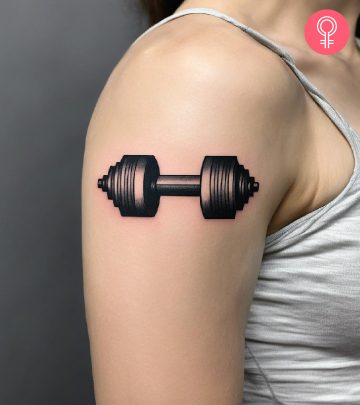










Community Experiences
Join the conversation and become a part of our empowering community! Share your stories, experiences, and insights to connect with other beauty, lifestyle, and health enthusiasts.